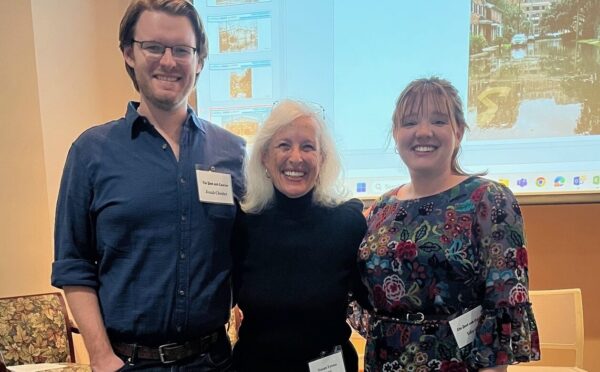In the Winter 2014 issue of What Gives?, we inadvertently made an error from the original draft of Where to?, Brian Hussain’s column on finance and investment. Therefore, the revised column is published here for clarification, with corrections in bold.
If you don’t know where you’re going, you may never get there. This summary of Alice’s conversation with the Cheshire Cat in Lewis Carroll’s “Alice in Wonderland” came to mind recently as the Investment Committee completed its review of our investment policy statement. This document plays a critical role in guiding the Board and the Investment Committee in managing the Foundation’s investments. A well-crafted document lays out the goals and the philosophy of the organization in making wise investment decisions.
An investment policy document that addresses long-term assets and endowments like those at the Foundation needs to tread carefully between balancing today’s needs and tomorrow’s goals. The main objective of the investment policy of the Foundation as outlined is to “support current needs while at the same time accumulating a pool of assets for future use.” The policy seeks to do this by stating a target return of 7.5 percent to compensate for 2.5 percent inflation, 4 percent spending, and 1 percent fees.
The policy statement also lays out the philosophy of meeting the organization’s goals. The Foundation believes that to meet its goals, an equity-oriented strategy is required. Fixed Income is used in the portfolio primarily to dampen the volatility of its equity orientation. In order to maintain the purchasing power of the portfolio, the Foundation invests a portion in real assets (real estate and energy).
Due to the long-term nature of the investments, the Foundation is willing to endow a portion of the portfolio in long-term investments and private capital, as long as it is paid adequately for the additional risk; however, this portion cannot be so large that it risks the ability to fund current needs, especially in emergency situations.
Since the credit crisis of 2007–2009, the investment policy statement has moved from being a simple checklist to a major part of an organization’s strategic plan. It is, however, a document with a short shelf life and must be revisited and updated on a regular basis. For the Foundation, this regular reevaluation allows the Board and the Investment Committee to reassess the investment’s purpose, goals, and risks to make adjustments as the strategy warrants.
Related Story
story

June 26, 2025
Coastal Community Foundation Invests $2 Million in Ronald McDonald House Expansion
Coastal Community Foundation (CCF) is providing a $2 million impact investment to Ronald McDonald House Charities of Charleston to support…
Continue Reading Coastal Community Foundation Invests $2 Million in Ronald McDonald House Expansion
story

May 22, 2025
CCF donor Susan Lyons helps shine a spotlight on effects of climate change in Charleston
It started with flooding. Susan Lyons’ residence on the Charleston peninsula flooded in 2015, 2016 and 2017, and all three…
Continue Reading CCF donor Susan Lyons helps shine a spotlight on effects of climate change in Charleston
